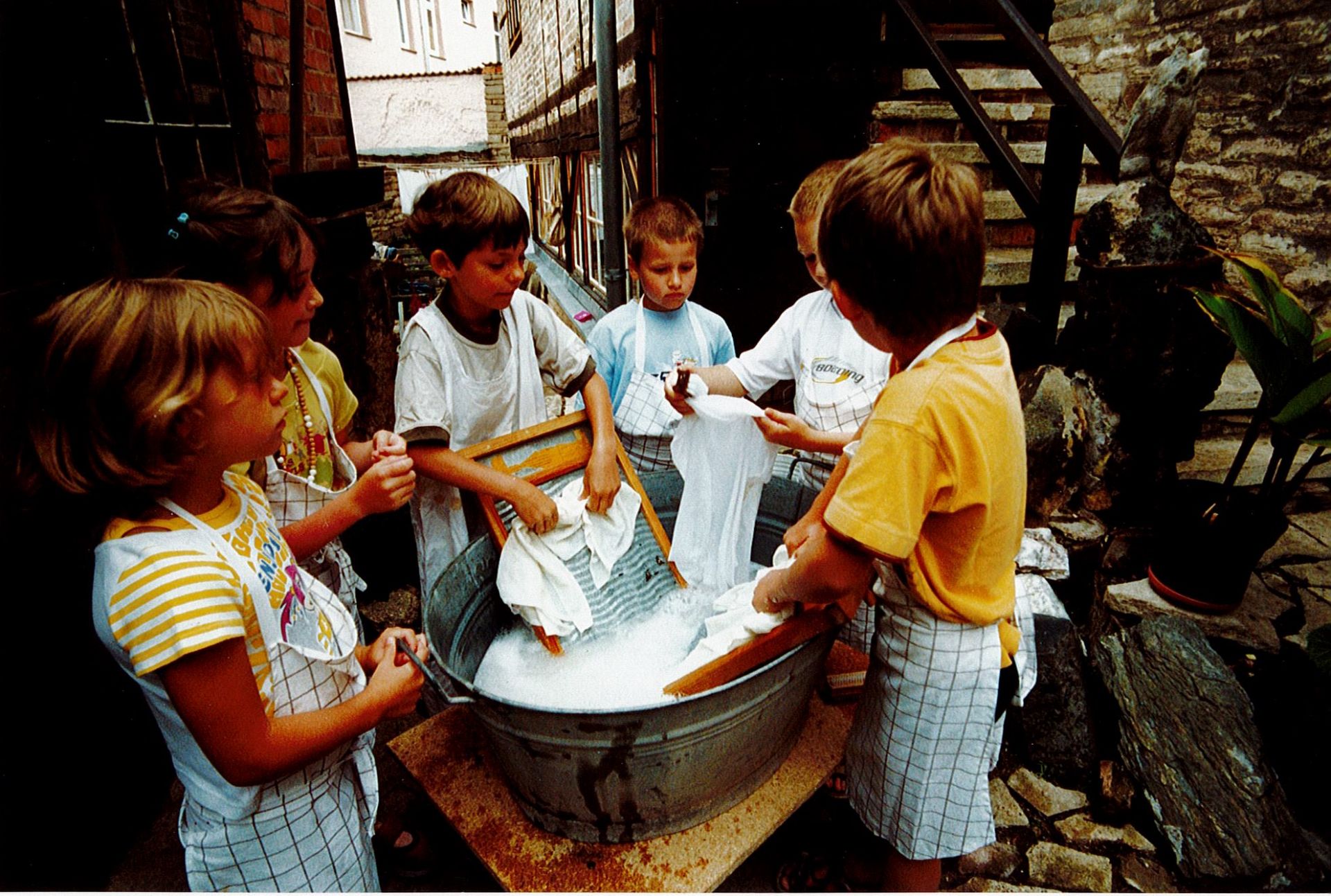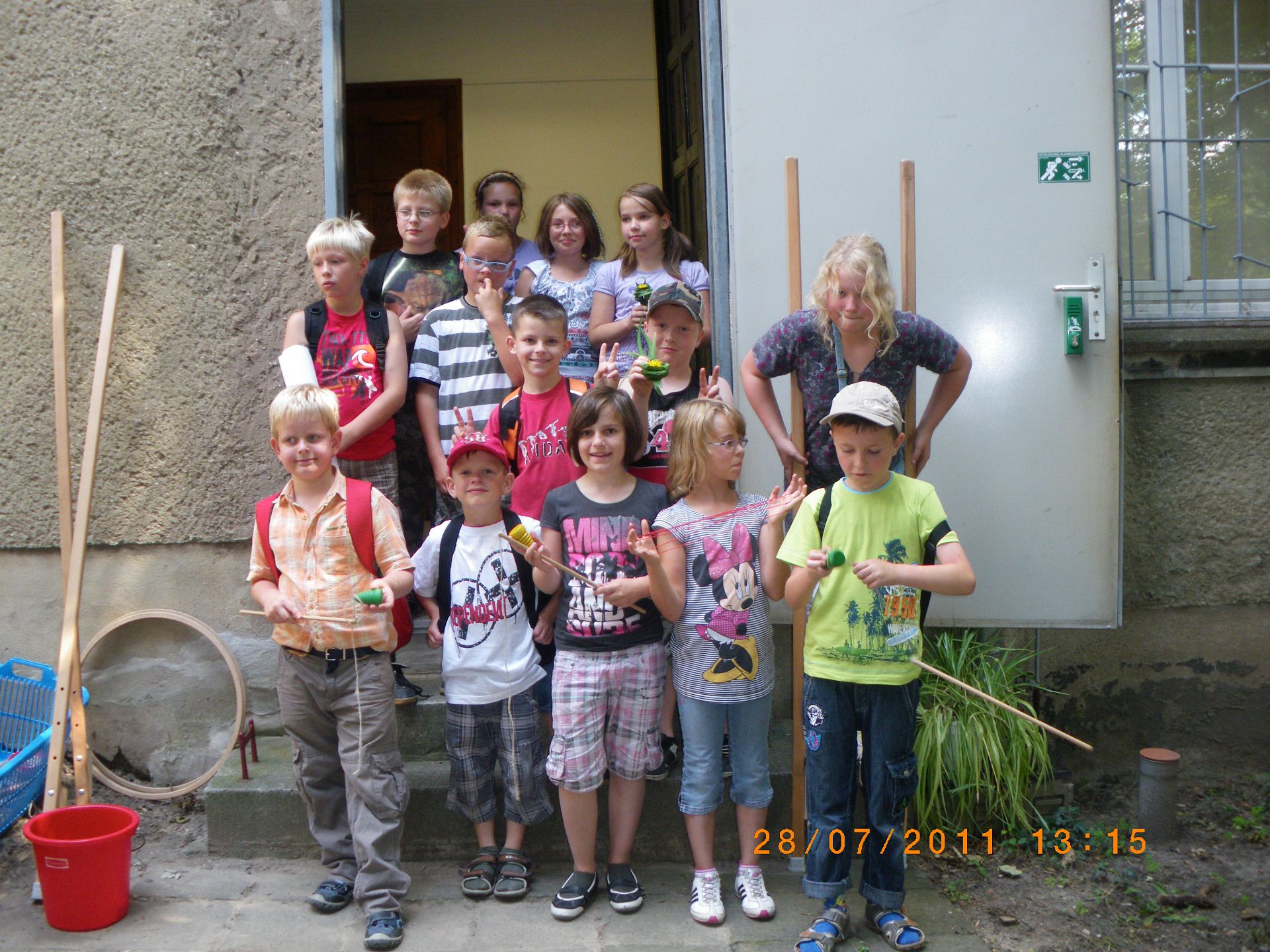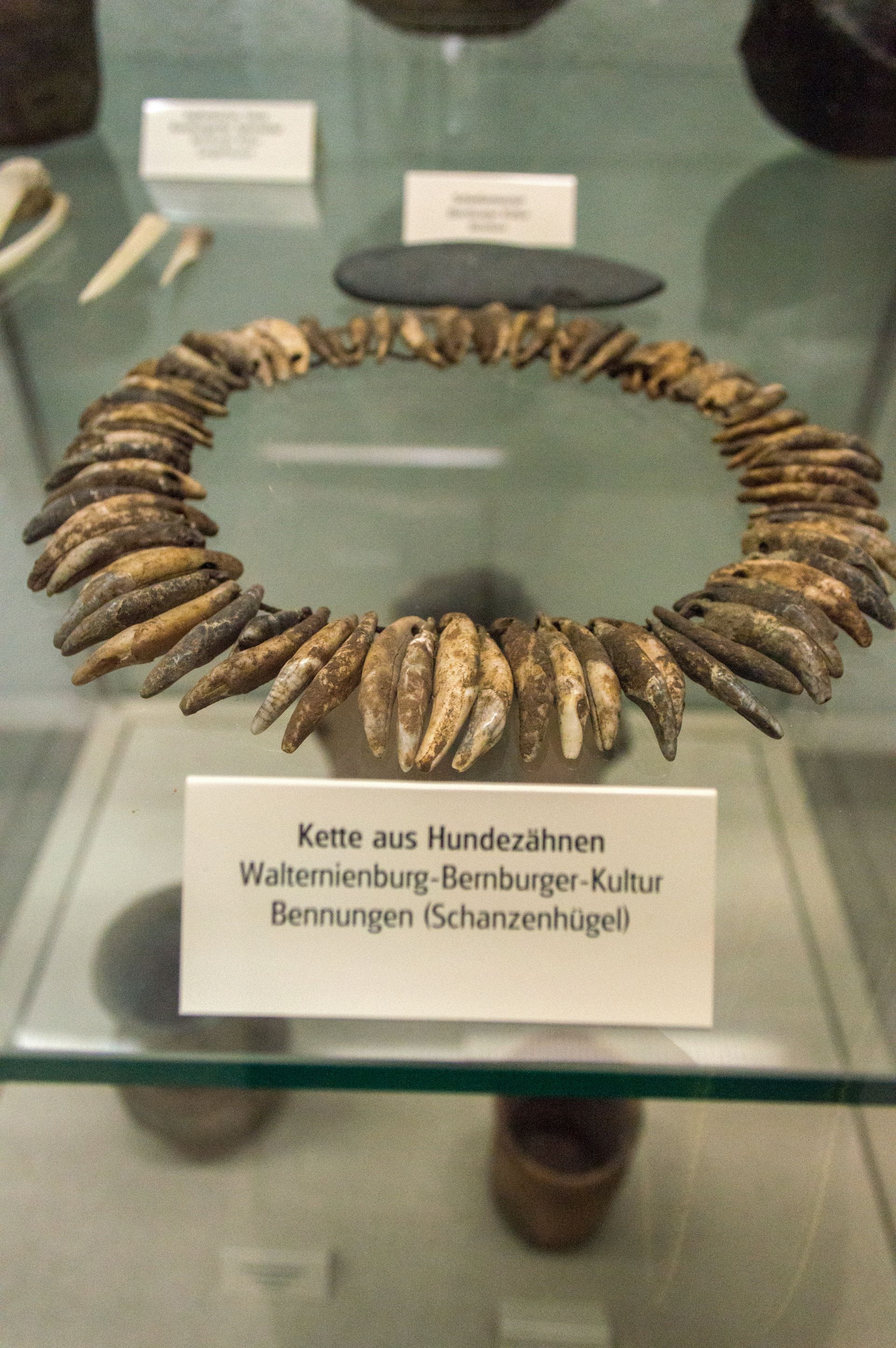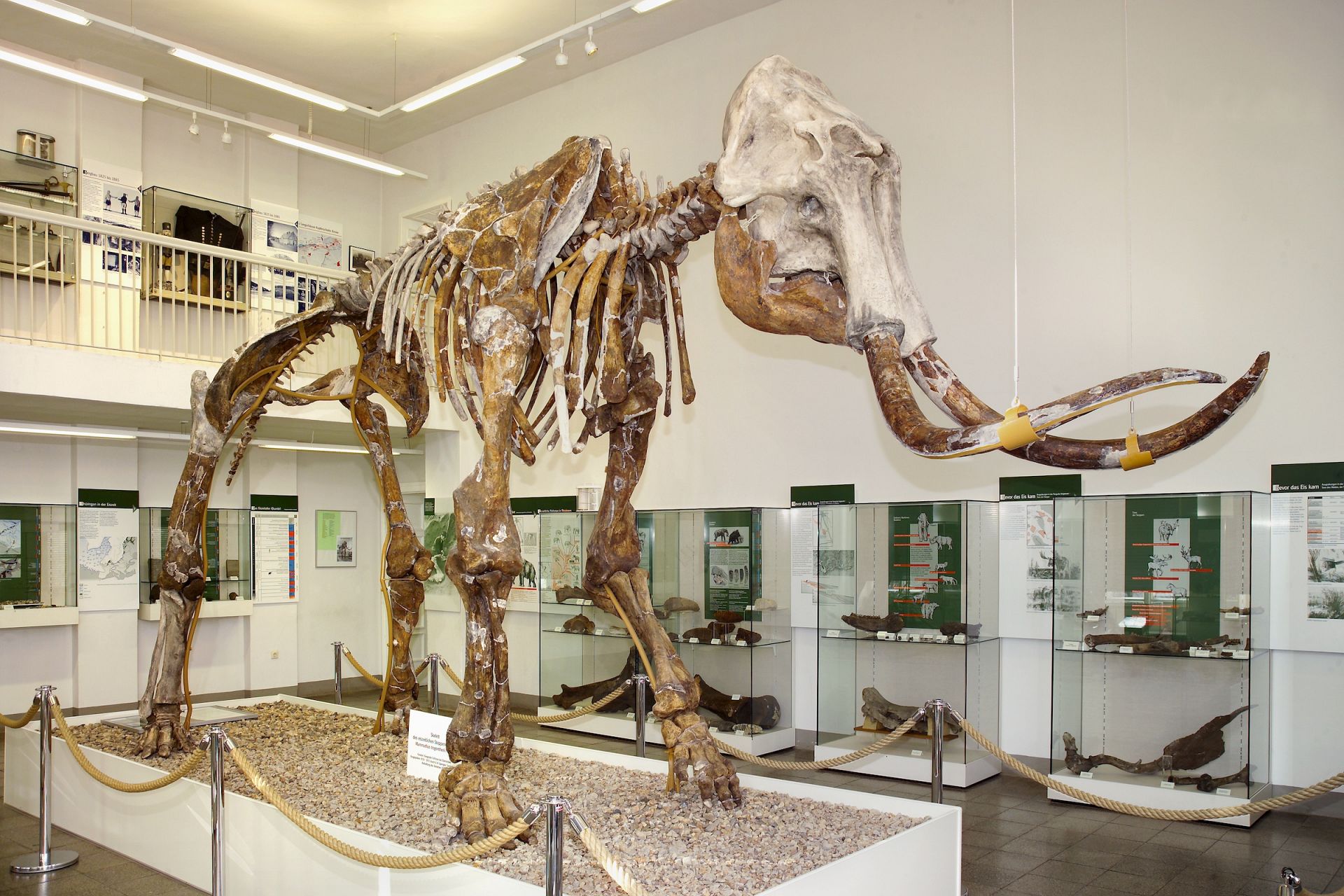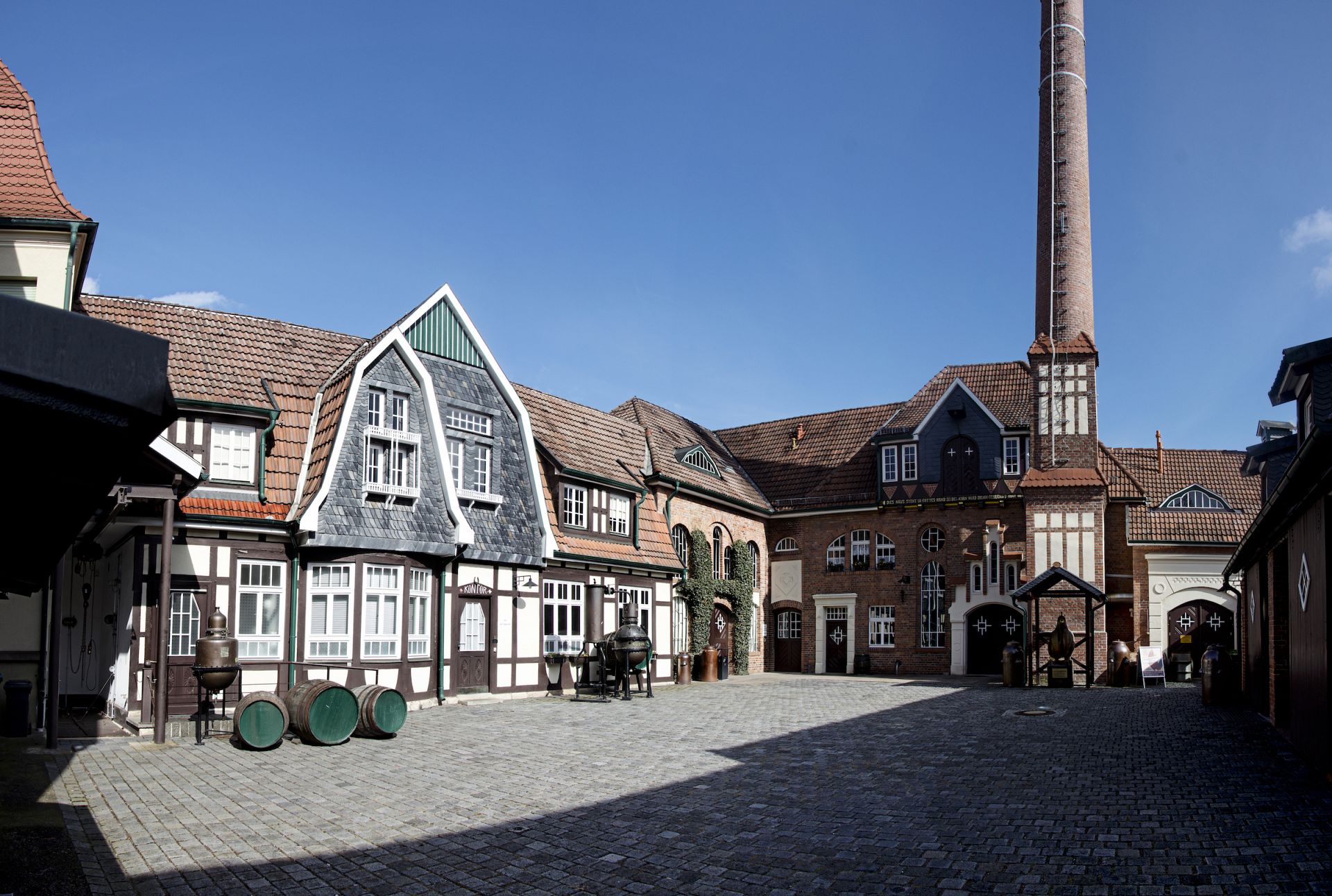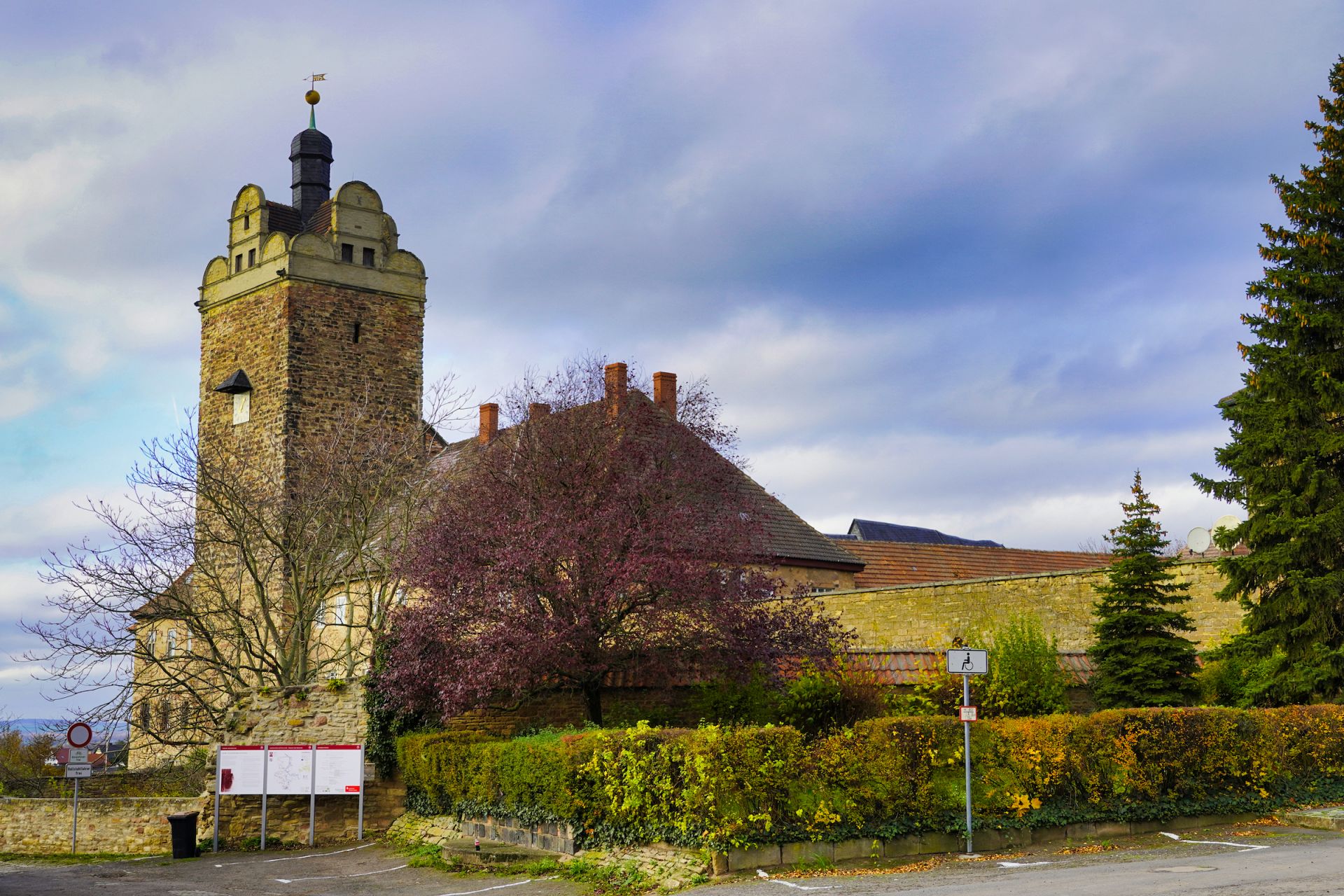Panorama Museum - Bad Frankenhausen
The colour palette seems endless, a world of its own encloses the visitors, its diversity and depth of detail sheer overwhelming. The tallest people clearly tower above their viewers. Up to three metres tall, the more than 3000 figures unfold their own cosmos on the 14-metre-high and 123-metre-long screen. More than three million guests have already been captivated by the Sistine of the North, which has lost none of its fascination even 30 years after its opening. It was in the summer of 1983 when the well-known Leipzig painter, graphic artist and professor Werner Tübke touched the 1700 square metre canvas with his brush for the first time. Seven years earlier, he had been commissioned to create a monumental painting about the "Early Bourgeois Revolution in Germany" in the Panorama, on the legendary Battle Hill of the Peasants' War in Bad Frankenhausen. According to the will of the GDR government, he had until 1989, the 500th anniversary of Thomas Müntzer's birth.
Tübke began researching the German Peasants' War, the late Middle Ages and the beginning of the modern era, producing drawings, paintings and lithographs. Finally, a scaled-down draft of the monumental painting is created in Tübke's Leipzig studio, contour drawings are later projected and transferred onto the canvas in tenfold enlargement, almost down to the last detail - 15 artists work together with Tübke on the gigantic circular painting. Incidentally, the canvas, woven in one piece, came from the Soviet Union, precisely cut to fit and sewn together on site by Günter Hohlstamm, a long-established master saddler from Frankenhausen. It took 54 men to hang the 1.1 tonne canvas in the Panorama.
In autumn 1987, Werner Tübke officially completed the painting with his final signature. Two years later, the Panorama Museum opened, shortly before the fall of the Berlin Wall. Thus, the unique work of art soon experienced often controversial discussions about its meaning, value and task - a commissioned work in which Tübke nevertheless realised his very personal artistic ideas and created a visually powerful, fantasy-laden journey through time.



